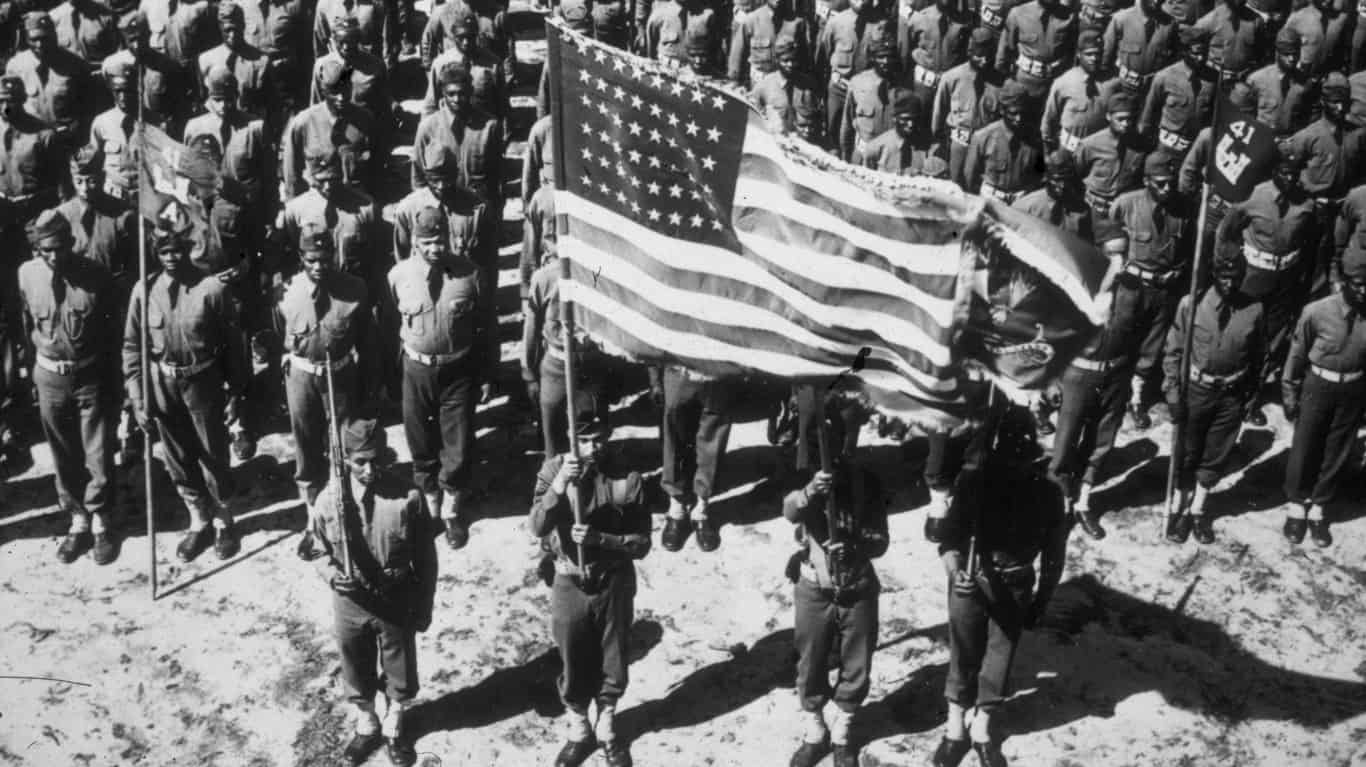


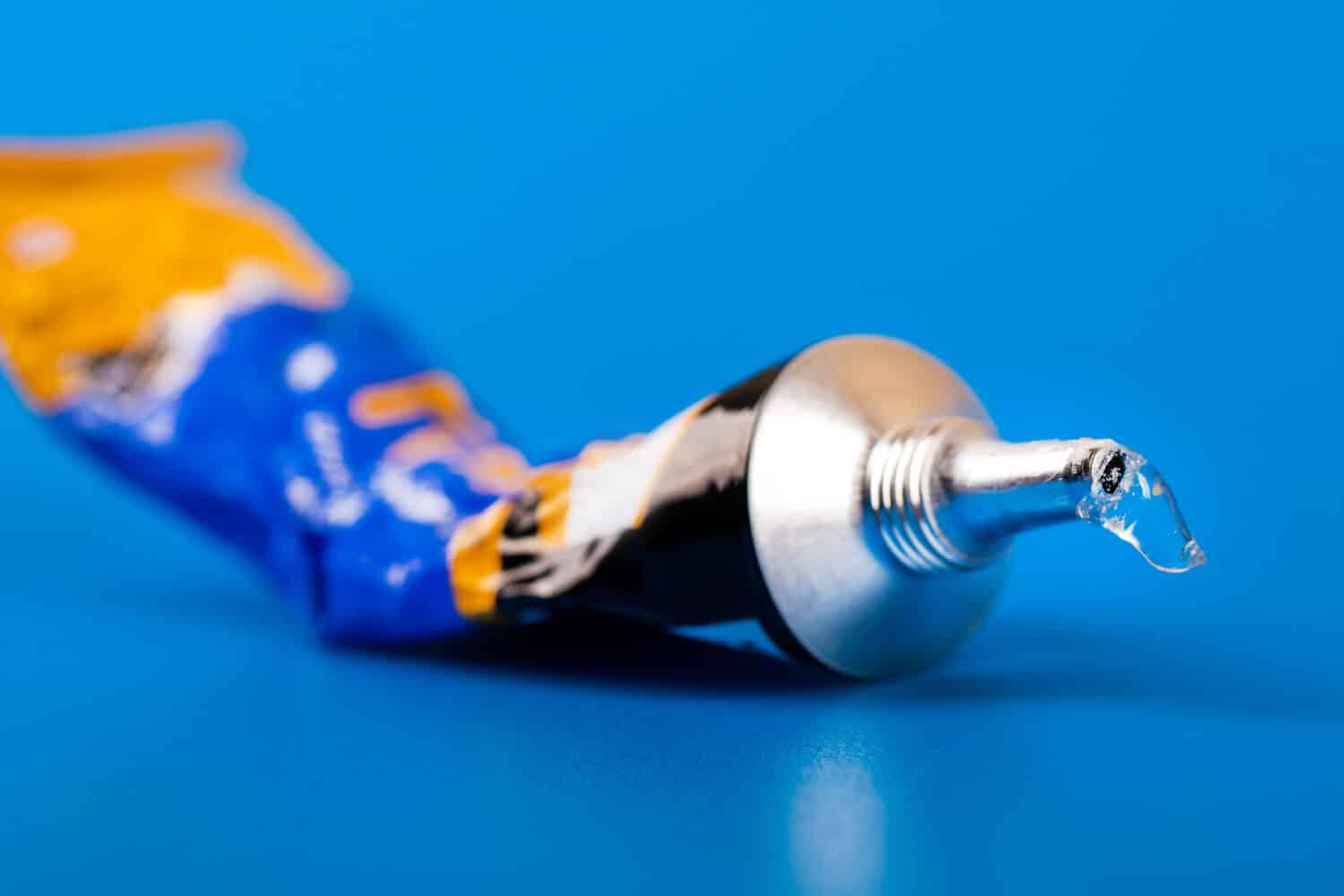
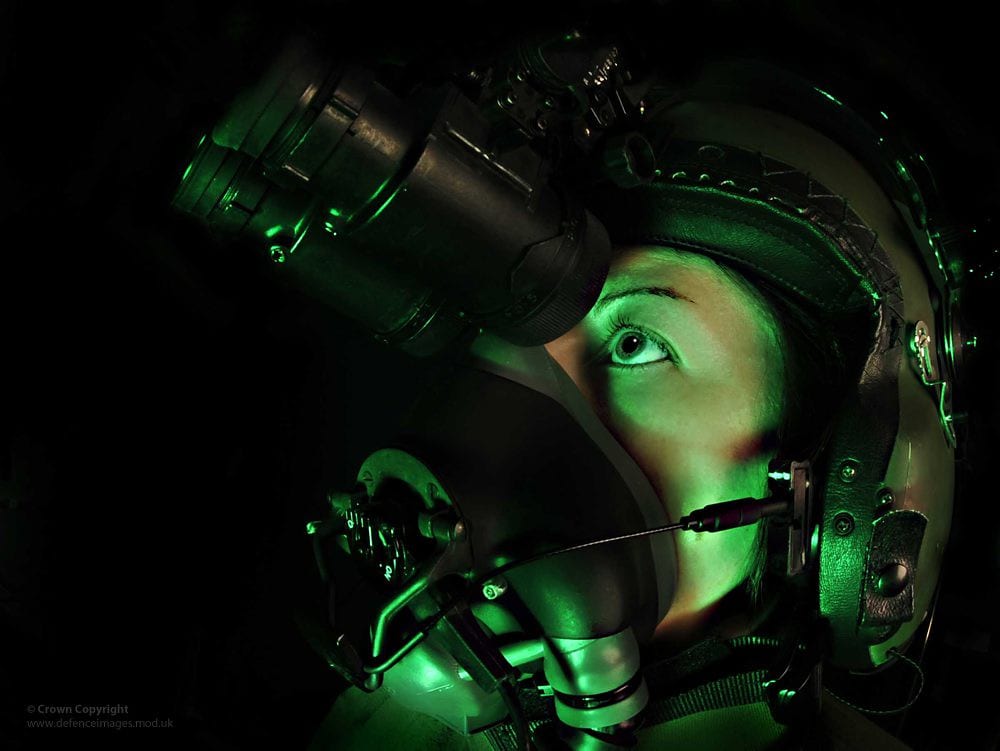


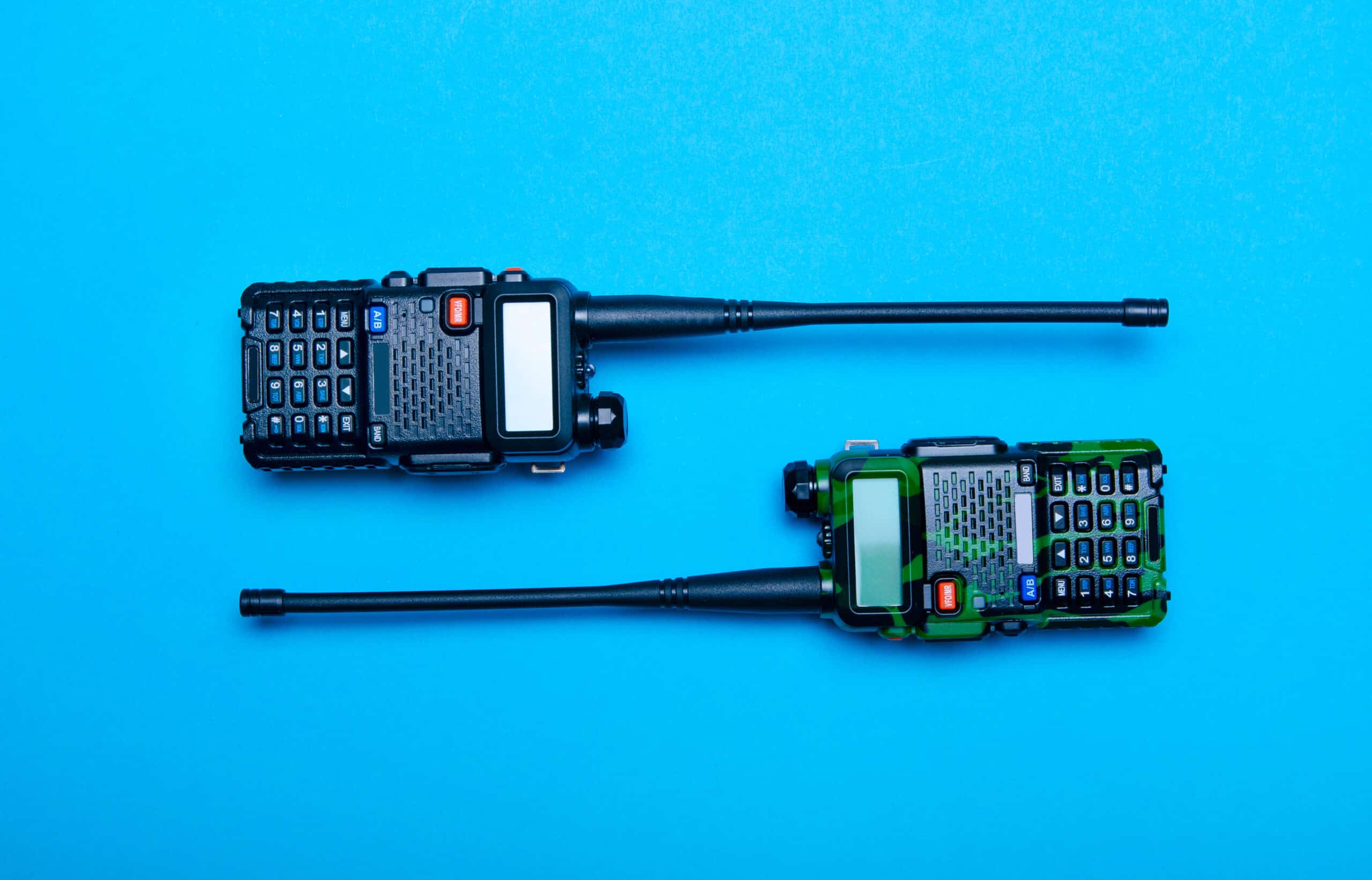
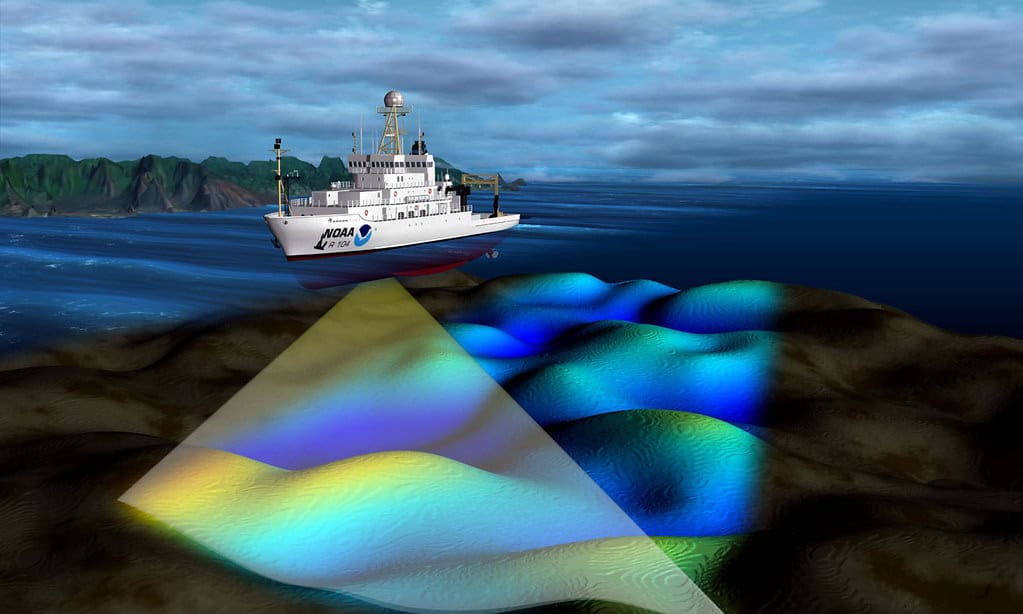

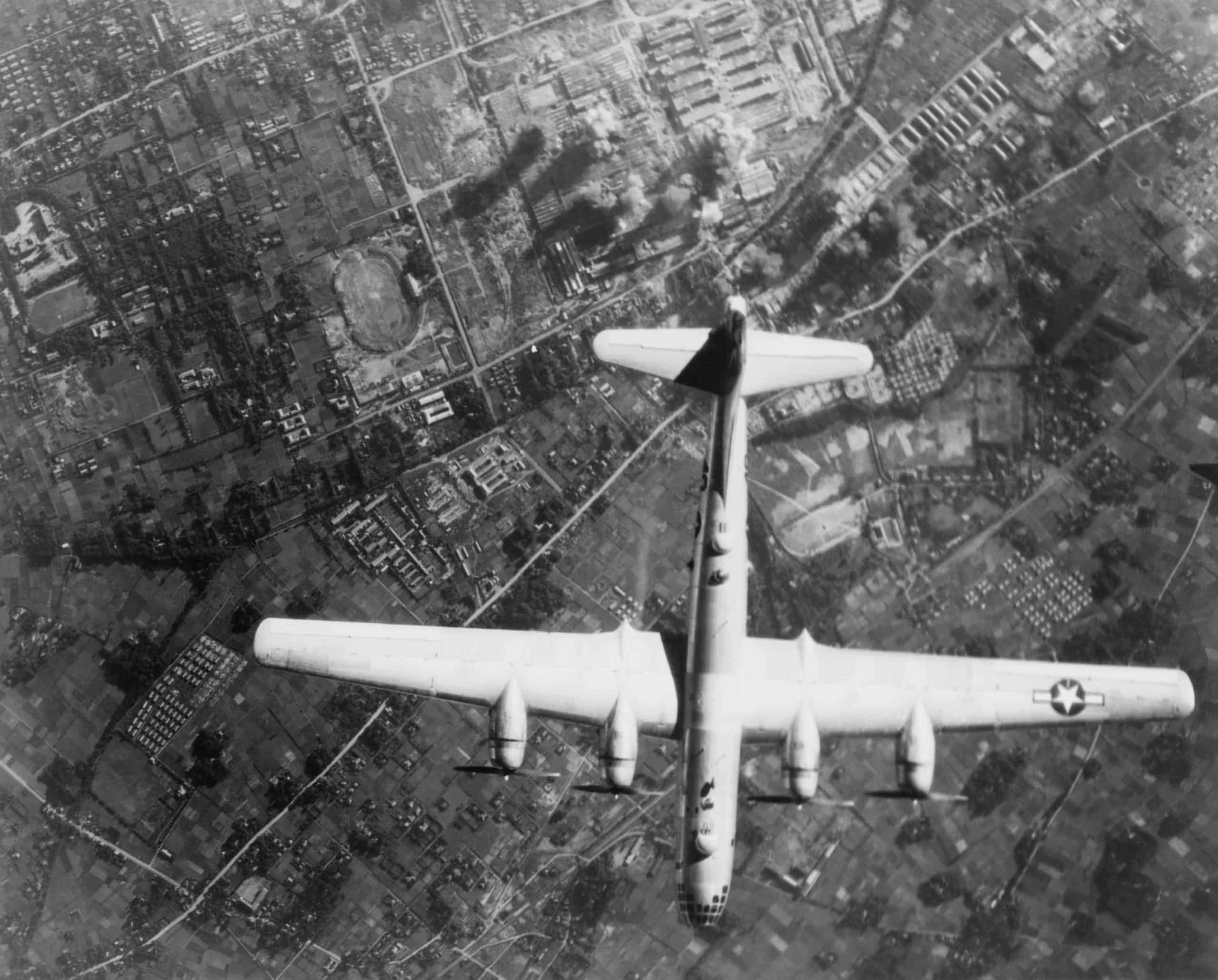


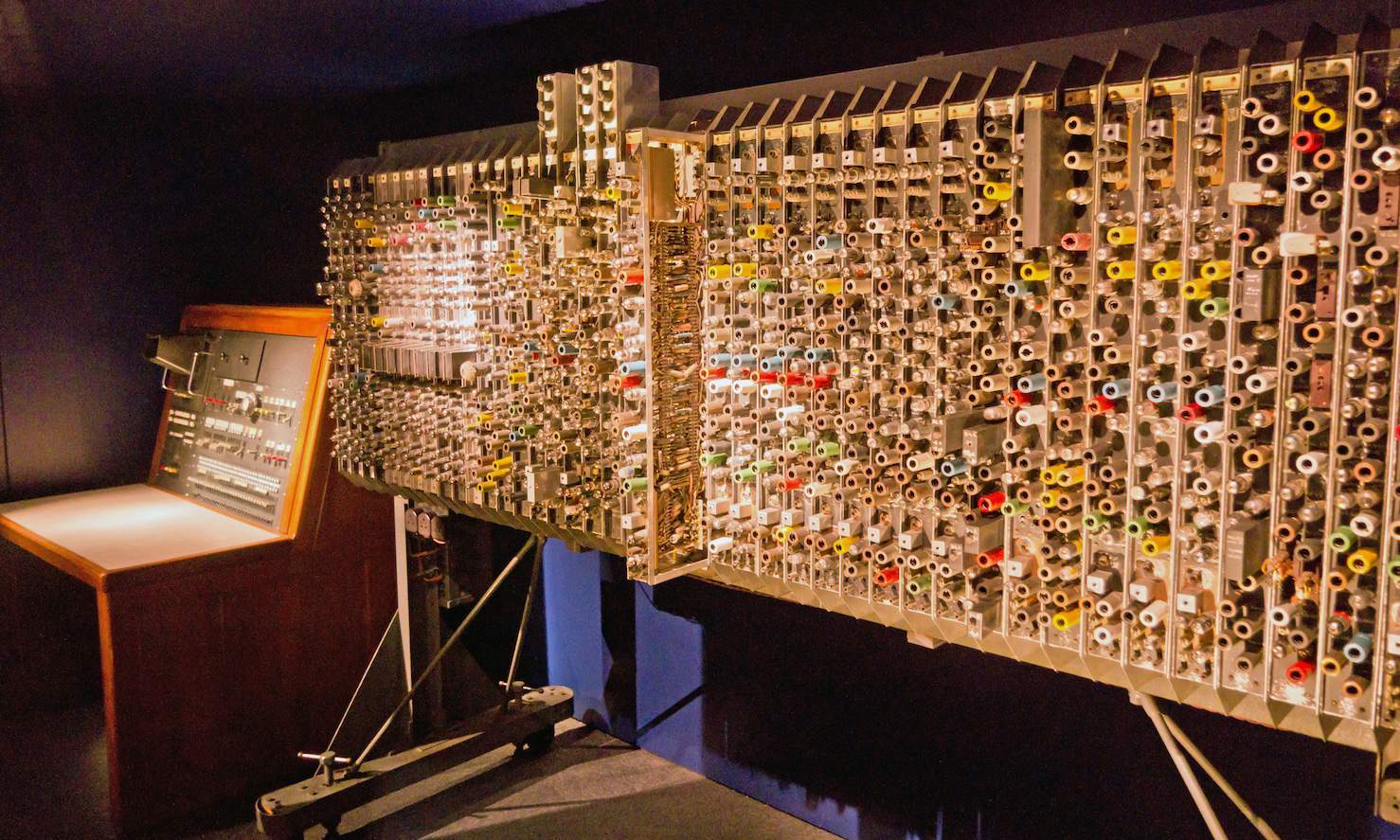

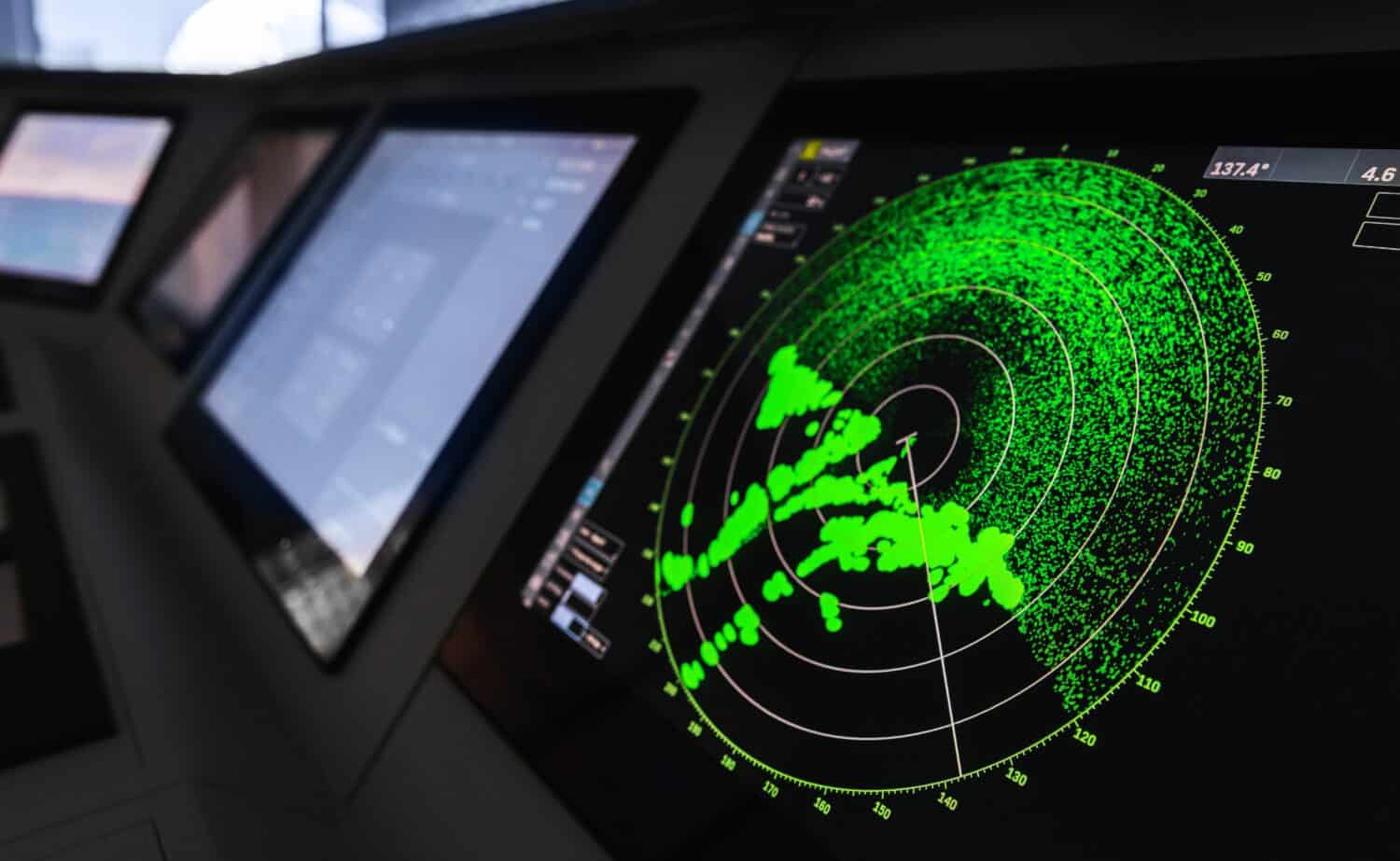
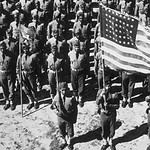






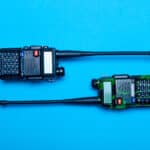


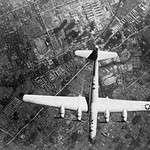

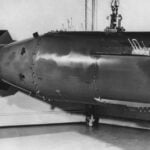
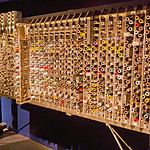
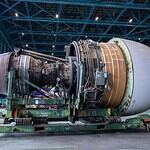
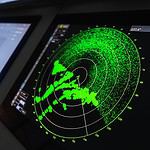
These Military Inventions From WWII Were Shockingly Ahead of Their Time
When you think about World War II and the different technologies used to try to win the war, both the Axis and Allies were constantly looking for an edge. As a result, there is no question that some military inventions found a place during the war, but looking back today, they seemed so far ahead of their time.
This applies to inventions like radar, the microwave oven, and the jet engine, all made during the war and have since become critical. Today, we know these technologies as staples of everyday life, but 75-plus years ago, they were the peak of the world's technological capabilities.
15. Magnetic Tape Recording
- Year: 1930s
- Inventor: Germany
Created during the 1930s, Magnetic Tape Recording saw vast improvements during World War II, reworking the entire concept. Germany used this technology extensively during radio broadcasts, allowing for pre-recording and editing. After the US captured this technology, it was brought back, re-engineered, and sold to Bing Crosby, leading to the birth of the music recording industry.
14. Aerosol Can
- Year: 1941
- Inventor: US Department of Agriculture
As US troops were being plagued by bugs in the South Pacific, the US needed a way to protect them from insects. Carrying malaria and other tropical diseases, the US created aerosol cans that could dispense a “bug bomb,” which warded off insects. Unsurprisingly, this invention would kick off the aerosol race that led to hairspray, deodorant, cleaning products, and hundreds of other use cases.
13. Super Glue
- Year: 1942
- Inventor: Harry Coover
Designed to be used for gun sights during the middle of the war, the US invention of super glue was deemed far ahead of its time. However, by the time 1958 rolled around, super glue was now a modern marvel, becoming useful in household applications and the medical field, including sealing combat wounds and having a place in industrial fields.
12. Night Vision
- Year: 1930s
- Inventor: Germany
Initial work on night vision equipment began in the late 1930s and would play a limited role in World War II during 1944 and 1945. Engineered by Germany, the “Vampir” system saw limited combat on the Eastern Front of the war by German snipers while the US developed similar technology. It would take some time to perfect, but night vision is now critical for ships, militaries, and even those camping to identify threats.
11. Helicopter
- Year: 1942
- Inventor: Igor Sikorsky (United States)
Developed by Russian-American immigrant Igor Sikorsky, the helicopter was first introduced in 1942 and would enter service the same year. Two years later, the helicopter proved its chops by successfully performing rescue missions in Burma under fire in 1944. Of course, helicopters were ahead of their time and are now commonplace for news channels, wealthy travel, and military superiority.
10. Penicillin
- Year: 1928
- Inventor: Alexander Fleming
While Penicillin was initially introduced in 1928, the United States did not find it effective until World War II. The ability to mass-produce this medicine dramatically reduced the number of American casualties from infected wounds and bacteria. Penicillin undoubtedly revolutionized modern medicine as the first medication in the current antibiotic era.
9. Walkie-Talkie
- Year: 1940
- Inventor: Motorola (Donald Hings and Alfred Gross)
While young kids might know walkie-talkies from playing around the neighborhood, this two-way communication method played a central role in the Allies’ successful Normandy landings by relaying real-time conditions to landing craft. It was the foundation for modern mobile communication, including cell phones and emergency radios for civilians and militaries.
8. Sonar
- Year: 1943
- Inventor: United States / Allies
Similar to the invention of radar for aircraft, Sonar saw significant military advancements during World War II. The concept focuses on emitting sound pulses, which bounce off the hulls of ships so they can be detected. Sonar proved lifesaving against Germany’s U-Boat attacks in the Atlantic and would later play a role in mapping ocean floors and ultrasound technology. It is still used by submarines and ships.
7. V-2 Rocket
- Year: 1944
- Inventor: Germany (Wernher von Braun)
Germany’s invention of the V-2 rocket, which is widely considered the first ballistic missile, would be used to attack both London and Antwerp, which caused multiple civilian casualties but had limited military success. However, the introduction of this rocket by Wernher von Braun, who would later escape to the US, played a direct role in NASA’s Apollo program.
6. Pressurized Cabins
- Year: 1944
- Inventor: United States Army (Air Force)
In an attempt to help crew members of B-29 Superfortress bombers flying high-altitude missions over Japan and Germany, aircraft engineers looked for a solution to lower exposure to external airflow. As a result, pressurized cabins were introduced, which helped make high-altitude flights more feasible, which, of course, are now a central part of commercial and military air travel.
5. Synthetic Rubber
- Year: 1942
- Inventor: United States
Originally developed to help replace the lost rubber supplies, the US sought to replace them after trade with Japan fell apart as part of the global conflict. Unsurprisingly, rubber was essential for producing tires, critical to the thousands of vehicles and aircraft being utilized during the war. Synthetic rubber was so successful that it led to the mass production of tires that still exist today, which has helped reduce reliance on natural resources.
4. Atomic Bomb
- Year: 1945
- Inventor: United States
While work on the atomic bomb began years earlier with the Manhattan Project, while other countries were working on their own atomic projects, the US was first to be successful. With the launch of the atomic bomb in Japan, the US remains the first and only country to drop nuclear bombs in warfare.
Today, nuclear arsenals are prominent among the world’s most powerful nations. They set the stage for the Cold War between the US and Russia and later contributed to electricity and naval warships.
3. Electronic Computers
- Year: 1940s
- Inventor: United States
While computers today are among the most common pieces of technology available, during World War II, there was a growing effort to utilize room-size computers. The most famous use case is the computer that Alan Turing and his team used to break Germany’s enigma code. Unsurprisingly, computers were ahead of their time, but today, they can fit in your pocket.
2. Jet Engines
- Year: 1930
- Inventor: Frank Whittle
The Royal Air Force developed jet engines in the decade leading up to the war, but the first country to really test a jet engine was Germany on August 27, 1939, just a few days before invading Poland. The Allies first used a jet engine in 1941, and while its use was vastly exceeded by propeller planes, it didn’t significantly affect the war. Of course, today, jet engines are yet another staple of commercial air travel and military aircraft.
1. Radar
- Year: 1935
- Inventor: Sir Robert Watson-Watt
By 1939, there was an emphasis on building a network of radar stations in the hopes of being given an early warning system in the event of a German attack. During the war, after the United States shared the technology, radar helped detect enemy ships and planes, often successfully. Today, radar is a staple part of global travel, and most people are likely familiar with it as a centerpiece of commercial air travel.
